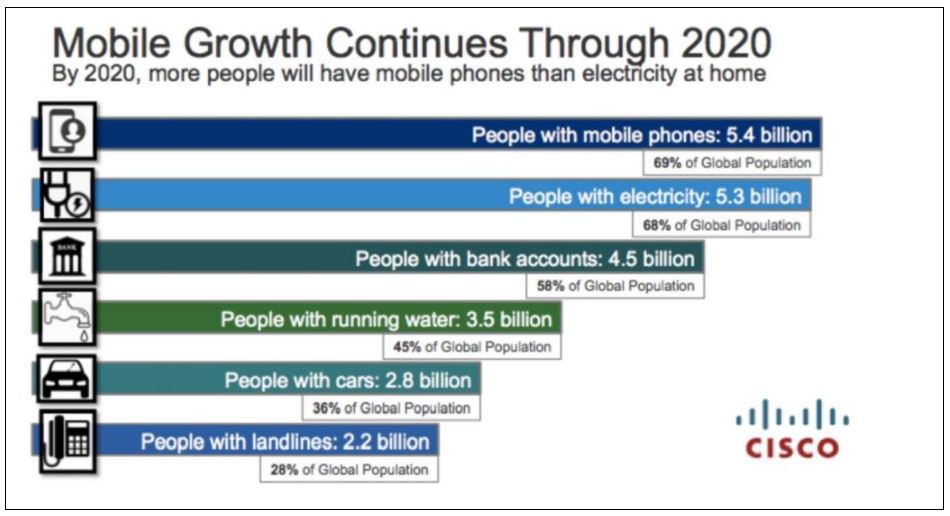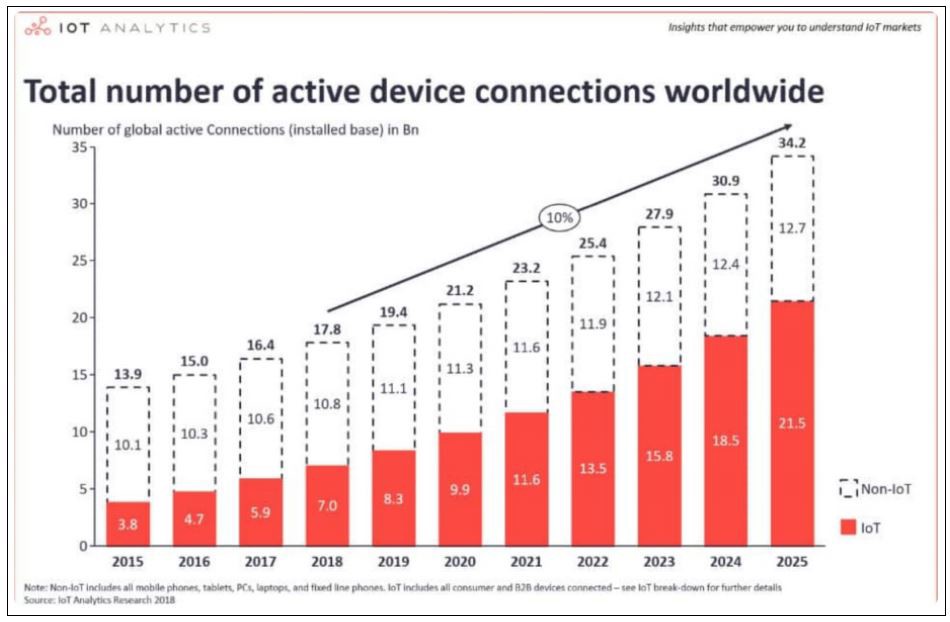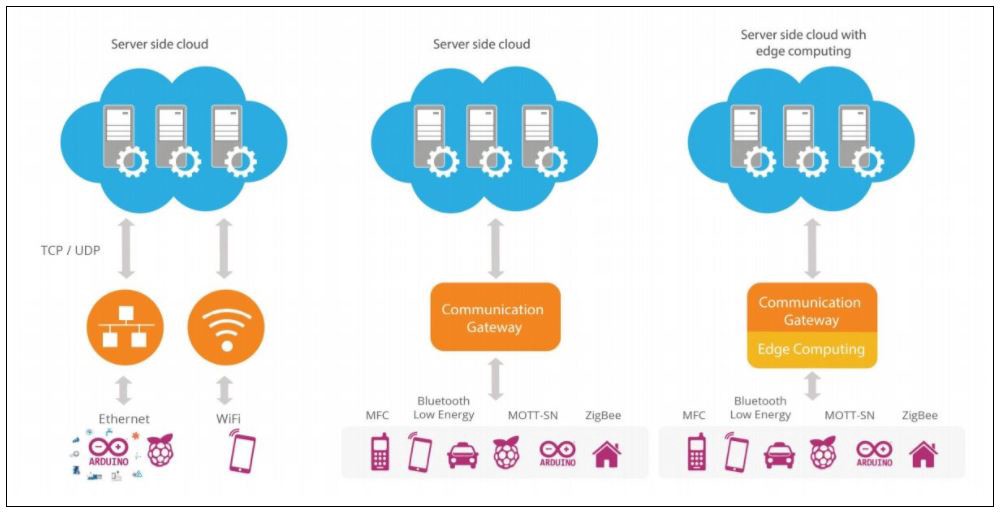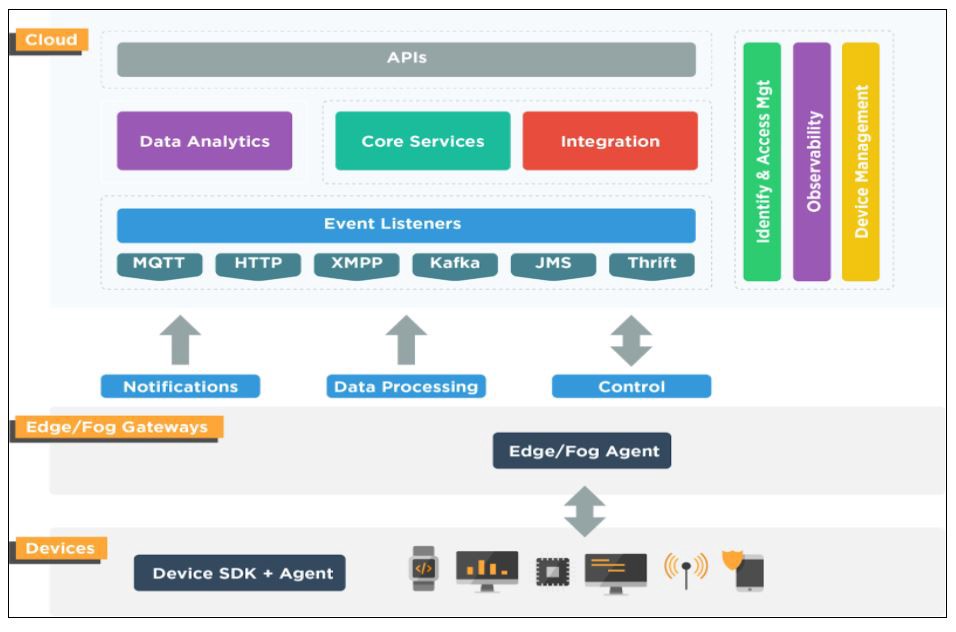Using Internet of Things (IoT) Powered Solutions for Data Collection and Cleaner Air

We all know about the benefits of clean air for our health, lifestyles, and the planet. With emissions increasing globally, improving air monitoring capabilities is becoming even more important for environmental agencies. A part of these improvements lies in having access to data and information about air quality, as it is ultimately these insights that become useful when enacting regulations.
The Air Quality Index (AQI) is the standard for measuring air quality. It includes information about pollutants such as carbon monoxide, sulfur dioxide, nitrogen dioxide, aerosols, and ground level ozone. Air quality sensors measure the quantities of these pollutants present in a particular microclimate.
An IoT powered framework comprises multiple sensors, devices, and communication modems connected to a network. Measuring air quality can be time consuming and costly, however. And sometimes, there may be questions about how best to use the data collected. An IoT powered framework makes this process easier, provides you with a series of options that best fit your budget, and helps you reduce the manual work required. In this blog, we’ll explain how devices function in an air quality measurement system, how an IoT solution works typically, uses of the data collected, and the benefits of an IoT powered data collection system.
The data collection framework: Device capabilities
The sensors, devices, and communication modems of such a system will collect data (i.e. air pollutant quantities). You can select from a range of equipment based on your budget – from low cost, lower precision to expensive, high precision ones. Each type of device will have different capabilities:
- Security measures – The market contains different communication modes and protocols with varying security measures, so it is important for you to understand these measures in advance.
- Data collection methods – Some devices collect and transfer data in real time, while others perform these functions in batches.
- Computing functions – Some devices function as “dumb” data collectors and others can detect anomalies, sanitize, and perform automatic calibrations.
- Power sources – Devices deployed indoors in remote locations can use power directly from an electricity grid. There are also devices that use power from solar panels to charge batteries.
The role of an IoT solution
The IoT solution will retrieve the data that your sensors, devices, and communication modems collect. Apart from data retrieval capabilities, the IoT solution will also oversee these functions:
- Supporting different wire and application level protocols
- Identifying degrading, rogue, or malfunctioning equipment
- Collecting, storing, sanitizing, and enriching sensor readings, plus detecting anomalies
- Integrating with similar weather-associated APIs and validate the data
- Facilitating data sharing using industry standard managed API patterns
- Calculating the AQI value and air quality category
How can I use the data collected?
We have discovered that the above question is quite a common one. The answer is that there are many applications and integrations that you can explore to create user-friendly data consumption/visibility models and even new revenue streams.
- Develop different types of data consumption applications for different audiences. Configure the data so that it is visible on dashboards, embedded widgets, or mobile apps for user convenience.
- Share data with different audiences – Environmental, aviation or military authorities, educational institutions, research bodies, the general public, etc. If you decide to share data in this way, you can also think about a monetization model.
Benefits of an IoT powered data collection system to determine air quality
A robust data collection system, the possession of a rich set of data, and the above mentioned application options are some of the obvious benefits. Some other ways you can benefit from an IoT powered data collection system are:
- Cost control – As we mentioned earlier, devices have varying costs and precision levels. You can decide what types of devices that you want to use based on your budget and overall objectives for collecting the data.
- 24/7 data availability – This is especially important to provide up-to-date AQI information to the public and other organizations; and issue alerts when required. The data will also form the cornerstone of planning air safety regulations.
- Accessibility – You can use these devices in all environments, in urban and rural areas. It provides you with a mechanism to monitor the air quality in the more remote areas with no personnel being physically present in these areas too.
Once you have an understanding of the devices required for creating a data collection framework, your next step is to work with an IoT solutions provider and select the right technology platform. We built the Entgra IoT Platform with connectivity in mind – it provides you with the application building blocks to integrate all your devices under one platform. The platform addresses key technology needs for a data collection framework, such as extensive integration, data processing, extensible architecture, and data sharing via APIs. Find out how we can help you.












